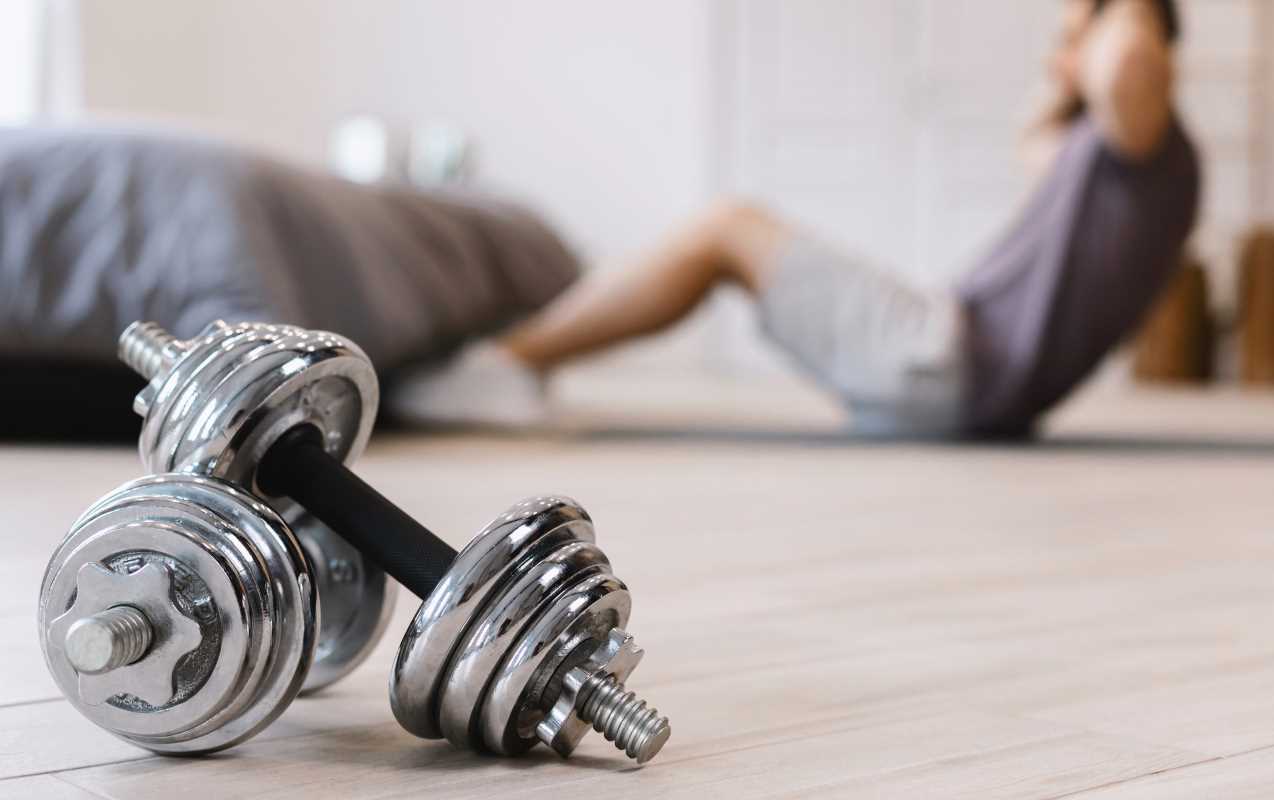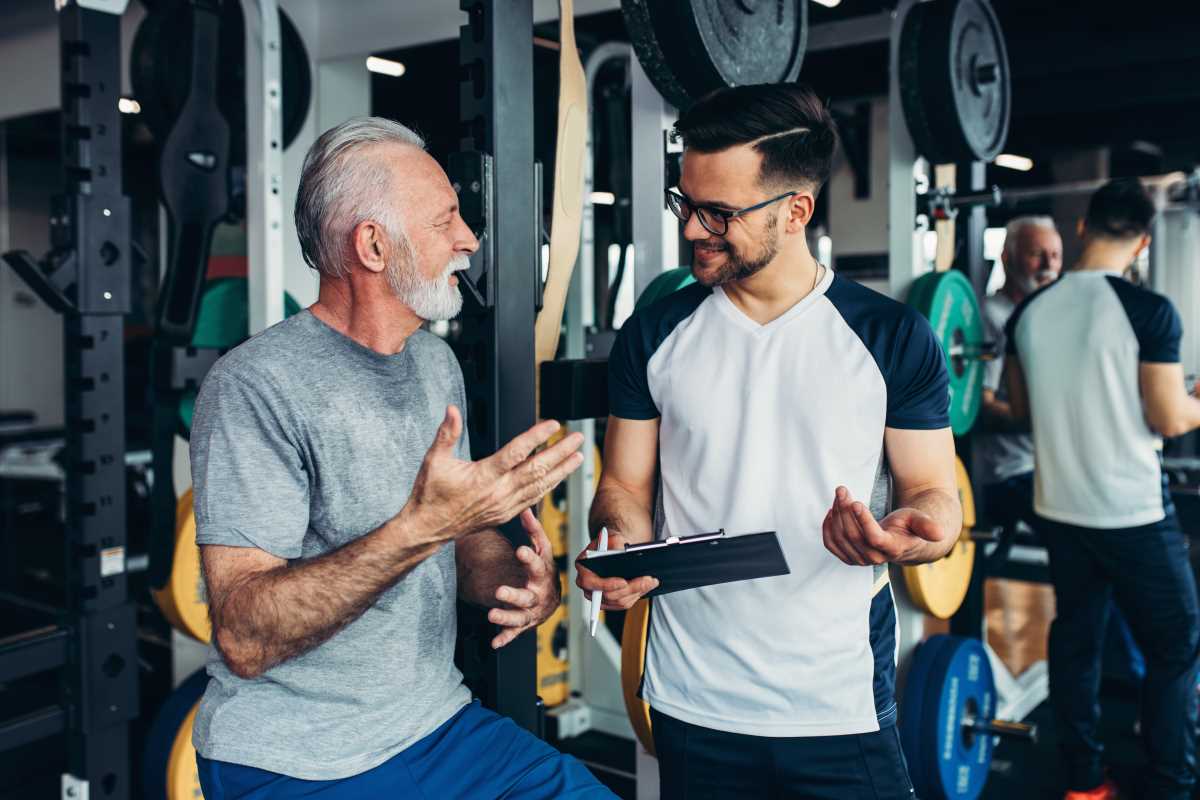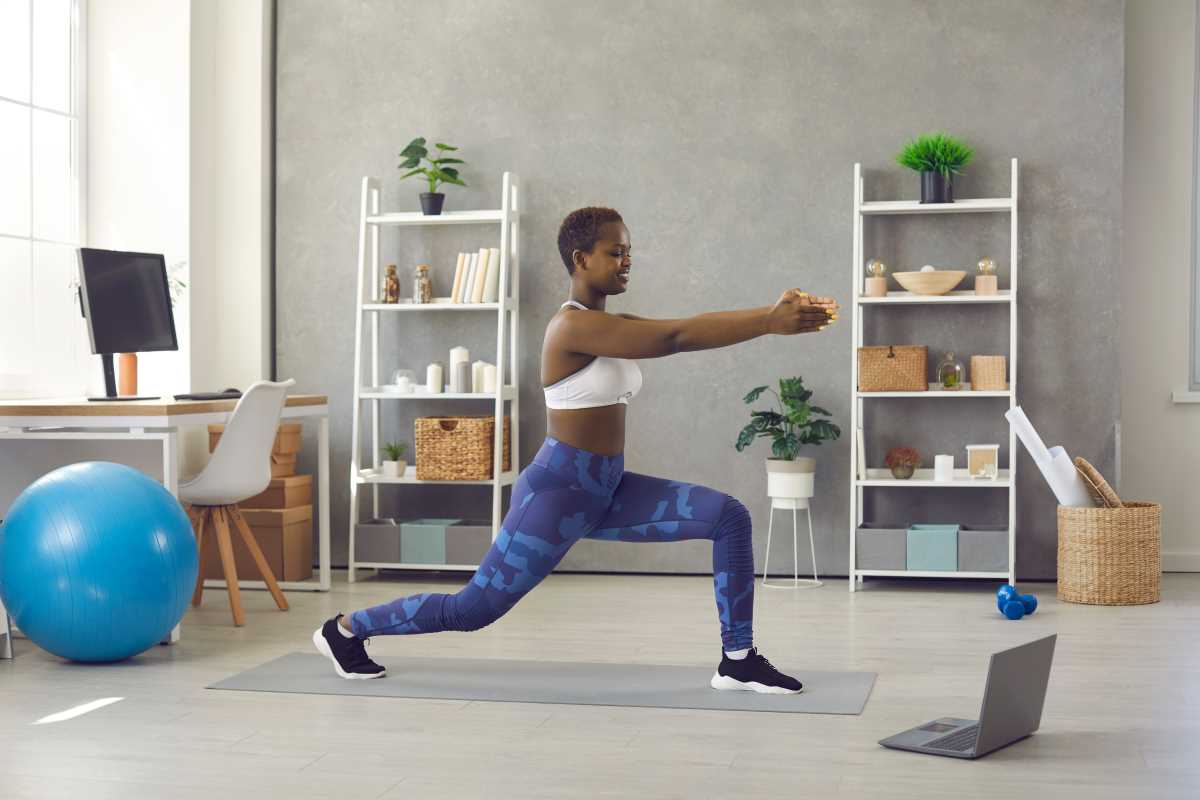Move better, feel better, and live better. That’s the promise of mobility training—and it’s got fitness fanatics, athletes, and even desk warriors raving.
But what exactly is mobility training? How is it different from flexibility, and why is everybody suddenly obsessed with it? If you’re curious about how mobility can enhance your fitness and everyday life (without needing hours at the gym), you’re in the right place.
This guide will cover the benefits of mobility training, the key differences between mobility and flexibility, essential exercises to try, and how to seamlessly integrate mobility work into your routine. Whether you’re a die-hard athlete or someone just getting started with fitness, mobility training can work wonders for you.
What Is Mobility Training—and Why Is It Trending?
Mobility training is all about improving your body’s ability to move freely and efficiently through its full range of motion. It’s not just stretching; it’s dynamic and functional. Think of it as movement with strength and control.
Unlike the static stretches of your PE classes, mobility exercises are designed to increase your joint health, strength, and stability. They help create a body that moves fluidly—which, in a world of screen-heavy habits and sedentary lifestyles, can feel revolutionary.
From athletes aiming to enhance performance to office workers trying to reduce tightness and pain, mobility training has become a go-to for improving the way we move and feel. And the best part? You don’t need fancy gear or lengthy routines to reap the rewards.
Benefits of Mobility Training
Wondering what all the fuss is about? Here are just a few reasons why mobility has become a key pillar of modern fitness.
1. Improved Flexibility
Mobility training works hand in hand with flexibility to help your muscles and joints move more freely. Imagine being able to touch your toes without struggle or squat deeply without discomfort—mobility makes that possible.
2. Reduced Risk of Injury
Tight muscles and poor movement patterns often lead to injuries, especially in overworked areas like the lower back, knees, and shoulders. Mobility training helps correct imbalances and increases stability, giving your body the resilience it needs to stay injury-free.
3. Enhanced Athletic Performance
Mobility isn’t just an "add-on" for athletes—it’s essential. Whether you're running, lifting, or practicing yoga, greater joint mobility and control can boost your performance. Better movement = better results.
4. Daily Comfort and Ease
Even if the gym’s not your scene, mobility training can help improve everyday activities like walking, climbing stairs, or carrying groceries. Over time, it can relieve stiffness and make movement pain-free and enjoyable.
Mobility vs. Flexibility—What’s the Difference?
Feeling a little confused? You’re not alone—mobility and flexibility are often mistaken for the same thing. But while they work together, they’re not interchangeable.
- Flexibility refers to the ability of your muscles to stretch. For instance, flexibility is what allows you to touch your toes.
- Mobility is your ability to move a joint through its full range of motion with control and strength. It’s what allows you to squat, twist, or bend over while keeping your balance.
Here’s the bottom line: Flexibility is passive, while mobility is active. Both are important, but mobility training often includes strengthening and control exercises, which make it a powerful tool for everyday and athletic movement.
Must-Try Exercises for Better Mobility
Now that we’ve covered the why, it’s time to get into the how! Try incorporating these simple exercises into your routine to improve joint health and overall mobility.
1. 90/90 Hip Rotations
- Why: Unlocks tight hips and improves rotational movement.
- How to Do It: Sit on the floor with one leg in front (bent to 90 degrees) and the other leg to the side (bent to 90 degrees). Slowly rotate your hips to switch sides.
2. Cat-Cow Stretch
- Why: Loosens up the spine, easing back and neck discomfort.
- How to Do It: Flow between arching your back upward (cat) and dipping your belly down (cow) while on all fours.
3. World’s Greatest Stretch
- Why: Targets the hips, hamstrings, spine, and shoulders in one movement.
- How to Do It: From a lunge position, twist your torso to reach one arm toward the ceiling, then return to center.
4. Shoulder CARs (Controlled Articular Rotations)
- Why: Keeps your shoulders fluid, strong, and pain-free.
- How to Do It: Slowly rotate your shoulders in a full circle, focusing on control and smooth motion.
5. Ankle Circles
- Why: Improves ankle stability and range of motion, perfect for runners or anyone who’s rolled an ankle before.
- How to Do It: While seated or standing, gently rotate one ankle in a circular motion.
These exercises take just a few minutes, but their impact can be life-changing over time.
How to Add Mobility Training to Your Fitness Routine
The best part about mobility training? It doesn’t take hours to see results. Here’s how to start incorporating it into your routine without disrupting your flow.
1. Add It to Warm-Ups
Mobility exercises are perfect for warming up your joints and muscles before workouts. Try a quick sequence of dynamic stretches to help your body move better during the main activity.
2. Use It as Active Recovery
Sore from yesterday’s workout? Swap your rest day for light mobility work to promote recovery and reduce muscle stiffness.
3. Make It Daily
Consistency is key. Devote just 5–10 minutes a day to mobility exercises—whether in the morning, during breaks, or before bed—and watch your range of motion improve.
4. Choose Functional Movements
Focus on exercises that mimic real-life movements or specific activities you want to improve. For example, golfers can prioritize rotational stretches, while runners benefit from ankle and hip exercises.
5. Track Your Progress
Take note of improvements in your movement, balance, or comfort as you build your mobility practice. Celebrate small wins—it’s all part of the process!
Feel Better, Move Better
Mobility training isn’t just for elite athletes or fitness buffs—it’s for anyone who values movement and longevity. With benefits that range from injury prevention to enhanced athletic performance and everyday ease, mobility is the missing piece in many fitness routines.
There’s no need to overhaul your workouts or carve out extra hours in your day. Start small, stay consistent, and enjoy the freedom and energy that come with a body that moves with ease.
 (Image via
(Image via




